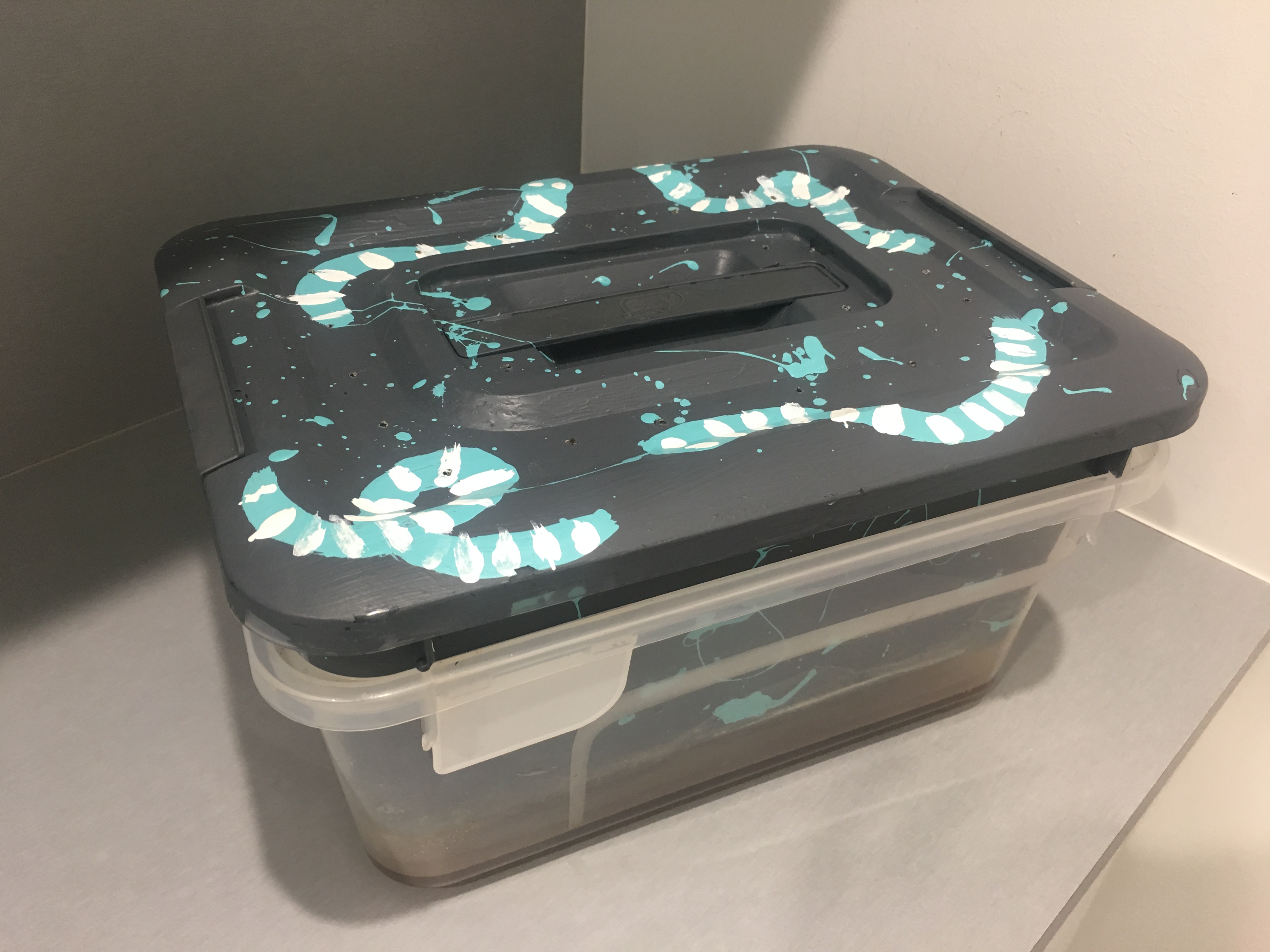Composting can seem complex but its actually fairly simple. Composts, worm farms and bokashi bins all do the same job (breaking down organic matter) in slightly different ways. The type of system you should get really depends on how much stuff you have to compost and how big your space is. Here’s how to choose:
How Does Composting Work?
Composting is pretty much nature's way of renewing itself and helping create more life. It's the natural process of breaking down organic matter like green waste, food scraps and paper. Microorganisms are responsible for the actual breaking down process and they need to be in the presence of oxygen to do so. The end result is a highly nutrient rich soil called 'finished compost' or 'humus'.
Who should get a compost
Compost bins are perfect if you have a big-ish garden and lots of food scraps to deal with.
They're usually dug into the ground, often in a garden bed. You can also have a freestanding 'tumbler' compost if your garden is too small or you want to move it around.
Caring for a compost
A healthy compost is all about the layers. Like lasagne! A layer of food scraps, a layer of lawn clippings, a layer of leaves, another layer of food scraps, a layer of paper, even a layer of seaweed or coffee grounds is good. Pretty much any organic material can go into them and will break down. Its best to try alternate 'green' nutrient rich layers like food scraps with 'brown' carbon rich layers like grass clippings, paper and soil for optimum decomposition.
You should also water your compost. Too much water can make your compost smelly and dry compost won't break down properly. Just lightly water each layer as it's added so that the compost has the dampness of a wrung out sponge.
As the microbes do their job, the compost heap will heat up. If it heats up too much though, it can actually harm the microbes. To adjust the heat you need to 'turn' or 'aerate' your compost. If you have a tumbler you can just turn it regularly using the handle. If you have an open compost bin use a pitchfork or shovel to redistribute the compost amongst the bin and let in the air.

A dug in compost bin.

A tumbler compost.
How Do Worm Farms Work?
Worm farms use worms instead of microbes to break down organic matter. The worms eat and digest the rotting scraps and poop out 'worm castings' which is a super nutrient rich soil type fertiliser that's perfect for gardens and crops. This process is a lot faster than composting, especially if you have heaps of worms.
Who should get a worm farm
Worm farms are normally contained and can easily be stored indoors, under the kitchen sink if you like! They're a better option for people living in apartments or cities with not much garden space. They don't smell at all because the worms eat all the bad smelling bacteria from the plant as it decomposes. Keep in mind, the bigger your worm farm, and the more food scraps you'll be able to process. We would advise you to make or buy one as big as possible for the space you have to get the most out of it.
Caring for a worm farm
Because the worms are stuck in their box, you have to make sure the environment inside is maintained well. It should be kept with a lid on in a cool dark place because worms don't like light or heat.
As well as feeding them food scraps, make sure you feed them carbon such as paper and cardboard. Worms don't like eating anything too acidic either - try to avoid giving them citrus, onion, garlic or chilli scraps.
It's also important to make sure the PH balance of your worm farm is correct. The food scraps can make your worm farm too acidic and you'll notice if something is wrong if the worms are trying to escape or if it smells bad (It should smell like a lush rainforest not a musky swamp). If this happens, add crushed eggshells or crushed lime to help them digest their food and bring the PH back into balance.
Watch our video on how to make a worm farm here or read our blog here.


The 1 Million Women office worm farm.
Can I Have Both?
It is totally possible to have a compost and worm farm in one. I like to think of this option as a compost that encourages worms. In nature, microorganisms and organisms work together breaking down organic matter happily all the time so there's no reason you can't recreate that in a contained environment too.
Benefits of combining worms with compost
It's a great advantage to add worms to your compost heap because they help break down organic matter faster and worm castings are highly nutrient rich meaning your end result compost will be even better for the garden. The worms also help to aerate the compost and provide oxygen for the microbes as they tunnel through the ground. What legends!
Caring for a worm-post
Basically any compost connected to the ground has the ability to attract worms into it (you can also buy them and add them) but you need to make it an attractive place for them to be.
Mainly, you need to make sure it is in the shade so the worms don't get too hot and keep it stocked up with plenty of paper as well as food scraps. Worms love eating carbon rich things so the layer system works well for them too!
It's better if your compost is connected to the ground so worms can come and go as they please. This way it won't matter as much if you put in things they don't like. They can avoid the citrus and leave that for the microbes to take care of.
How Do Bokashi Buckets Work?
Bokashi is another type of composting where the organic material is broken down through and anaerobic (no air) fermentation process rather than an aerobic process (with air). This process is kick started by adding a type of bran which has been inoculated with beneficial microorganisms. When the bran is put in an airtight container with the food scraps, the microorganisms begin to thrive and break down the scraps. The process produces a potent, nutrient rich liquid which can be used as fertiliser.
The bucket has a mesh grate on the inside that allows you to pile scraps inside while allowing nutrient rich liquid drains to the bottom of the bucket. They also have a small tap at the bottom to release the liquid. When the bucket is full it should sit for 10-12 days, releasing the liquid every second day, then the remainder buried in the garden as fertiliser.
Who should get a bokashi bucket
These are great for pretty much anyone. You can have one as well as your compost or worm farm because you can put ANY kind of food scrap in there, even meat and dairy scraps. You also don't have to maintain a perfect balance of 'greens' and 'browns', just pop anything in!
Caring for your bokashi bucket.
The commercial version of the bokashi bucket is designed to take kitchen scraps by themselves so there's no need to add extra material like paper or leaves. All you have to do is sprinkle the inoculated bran in each time you add more food scraps. Just make sure you keep the lid on!


